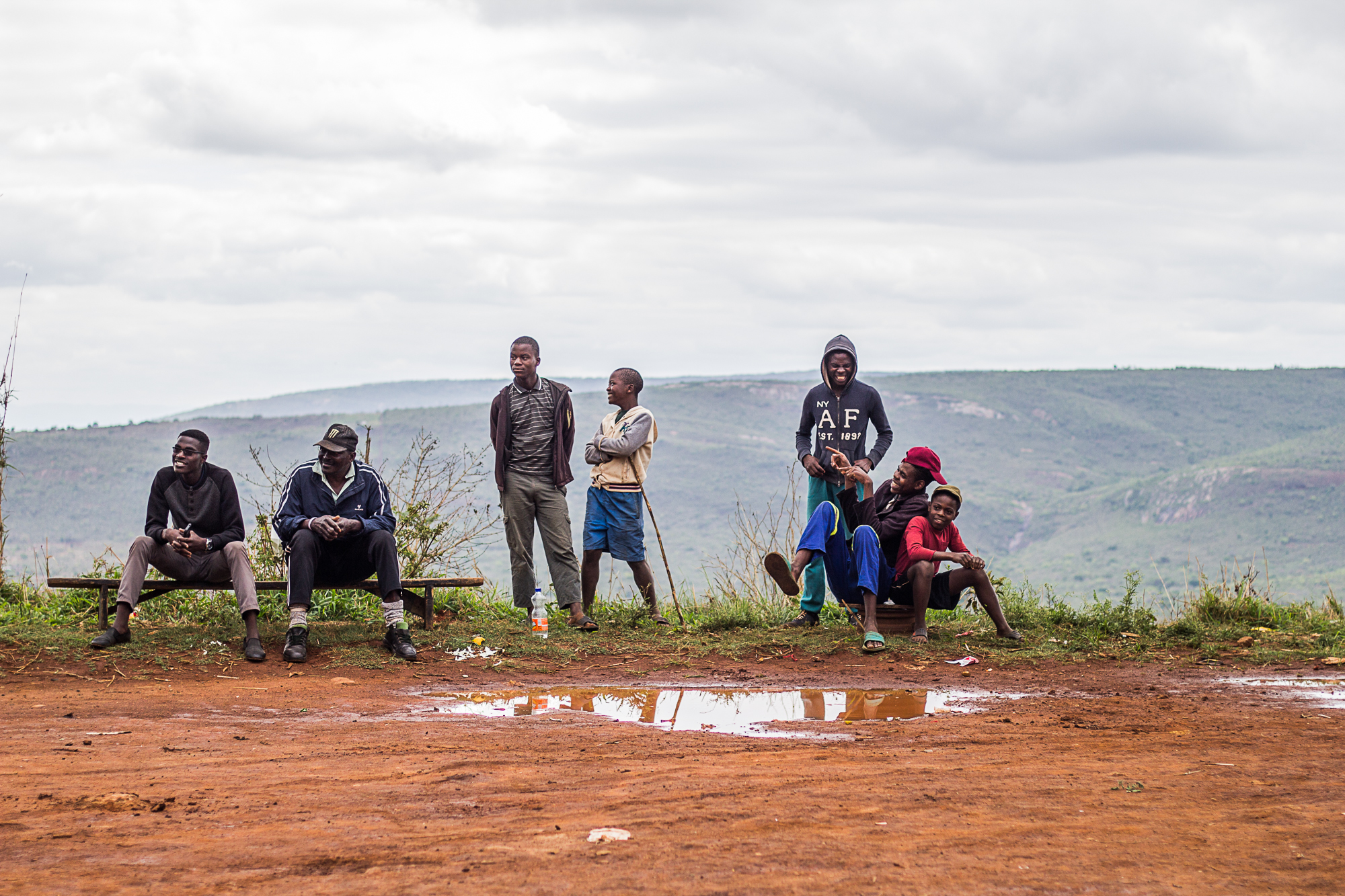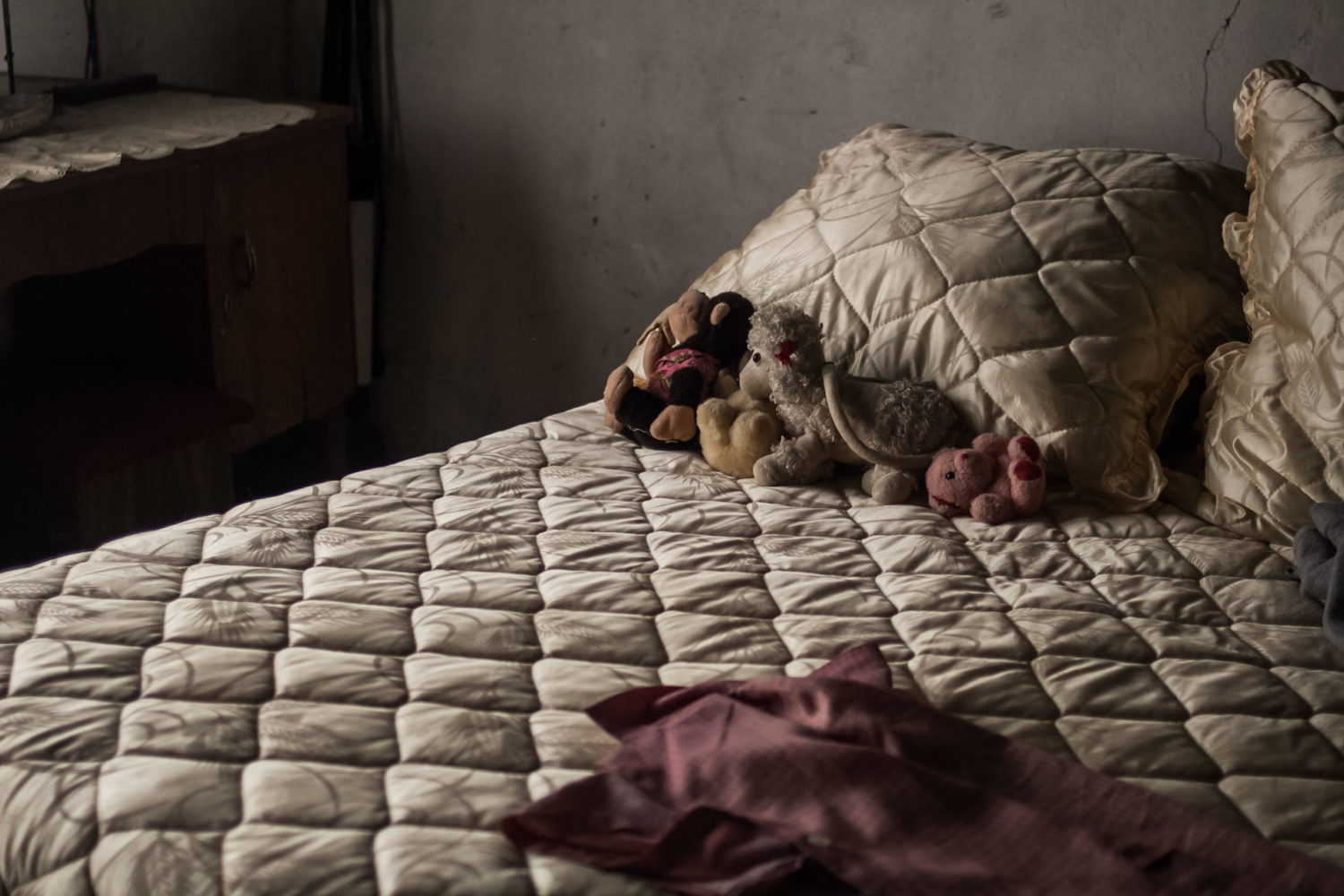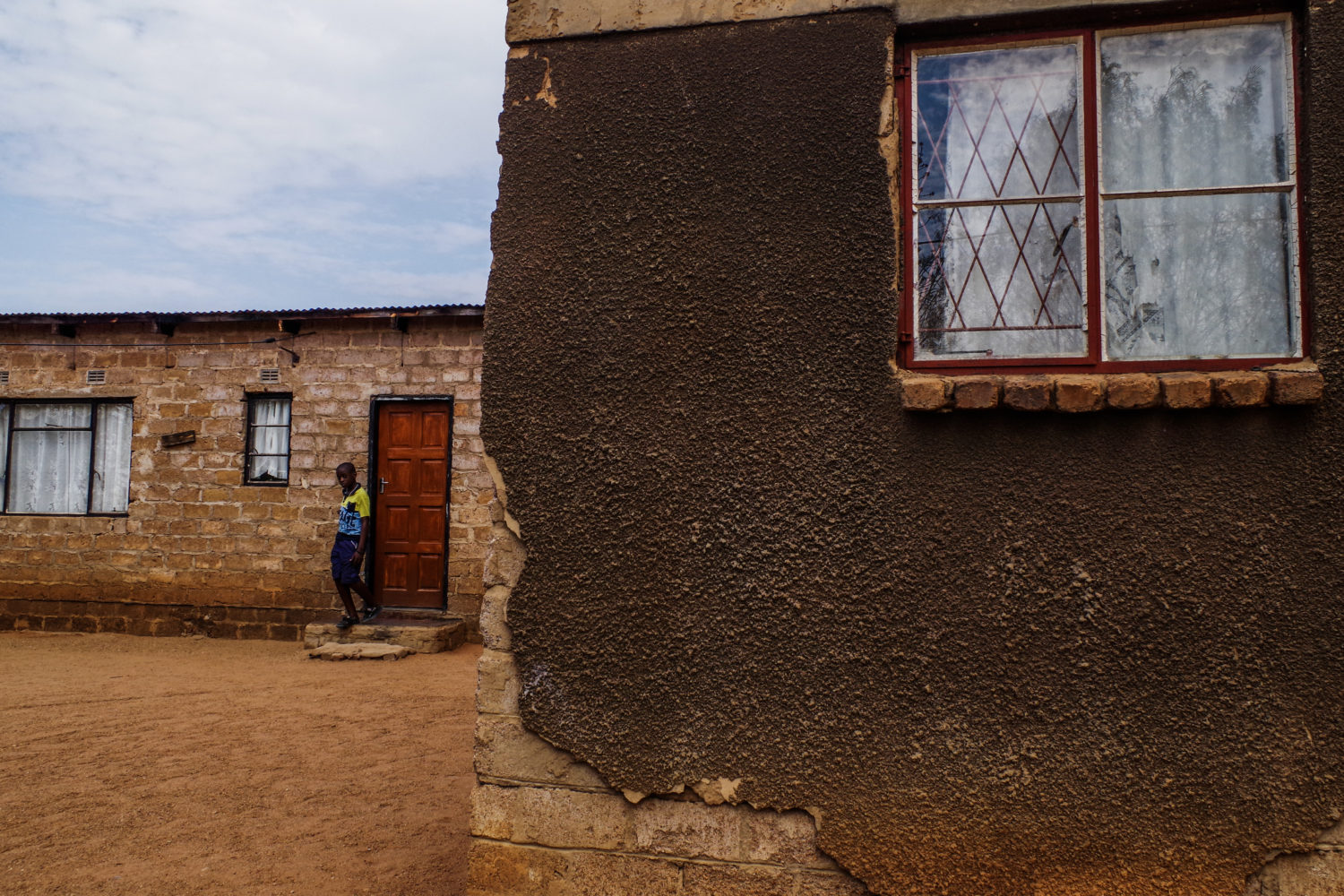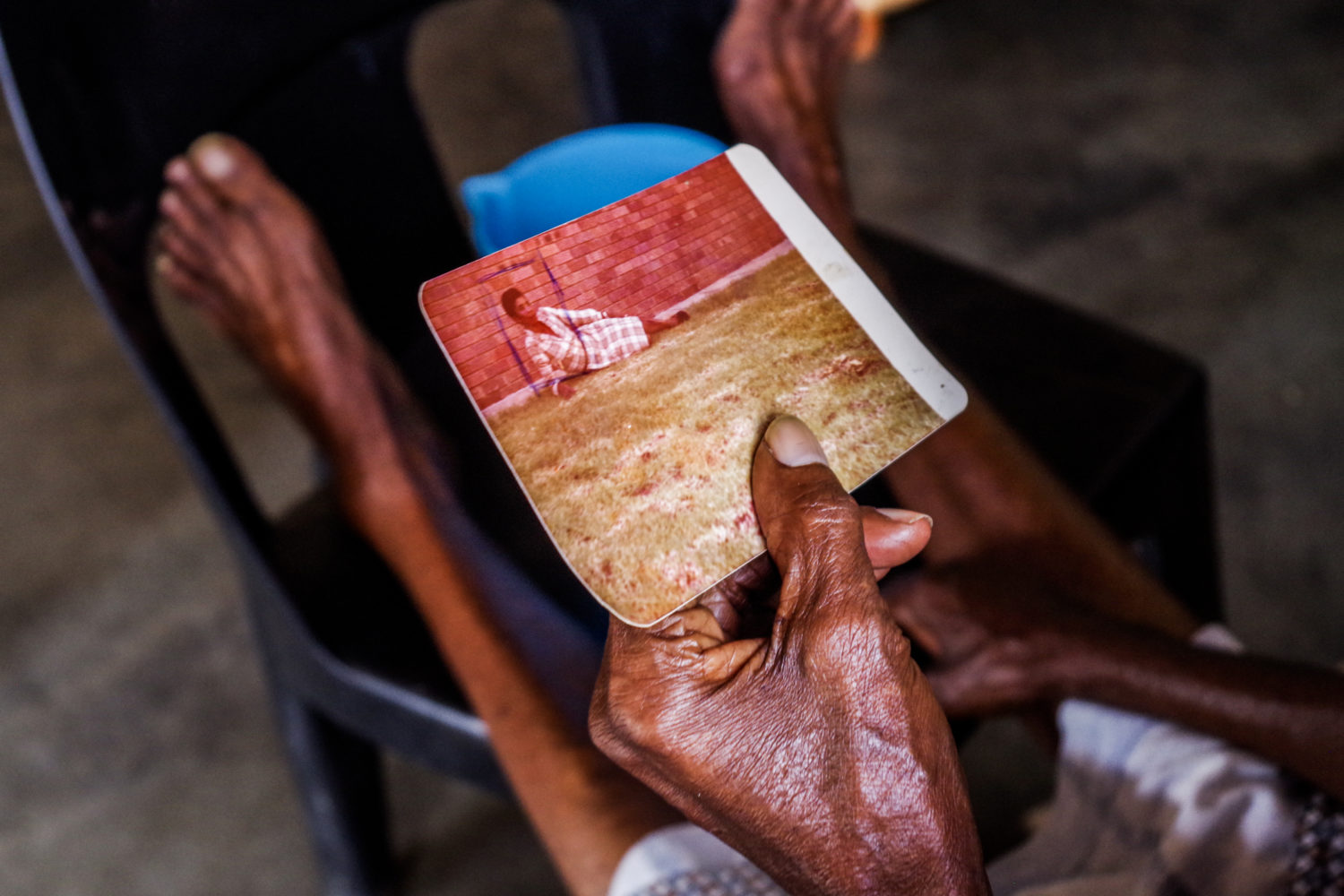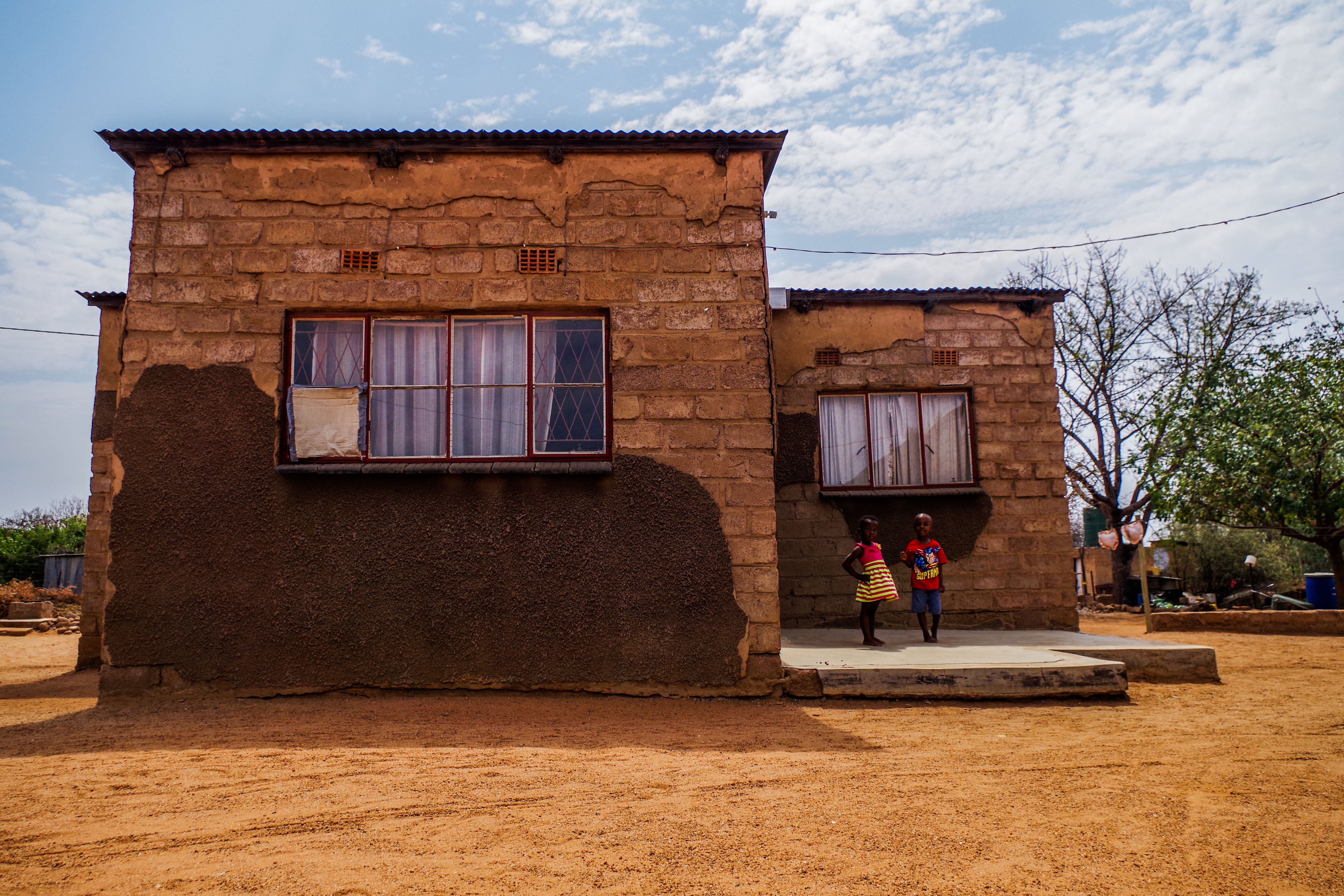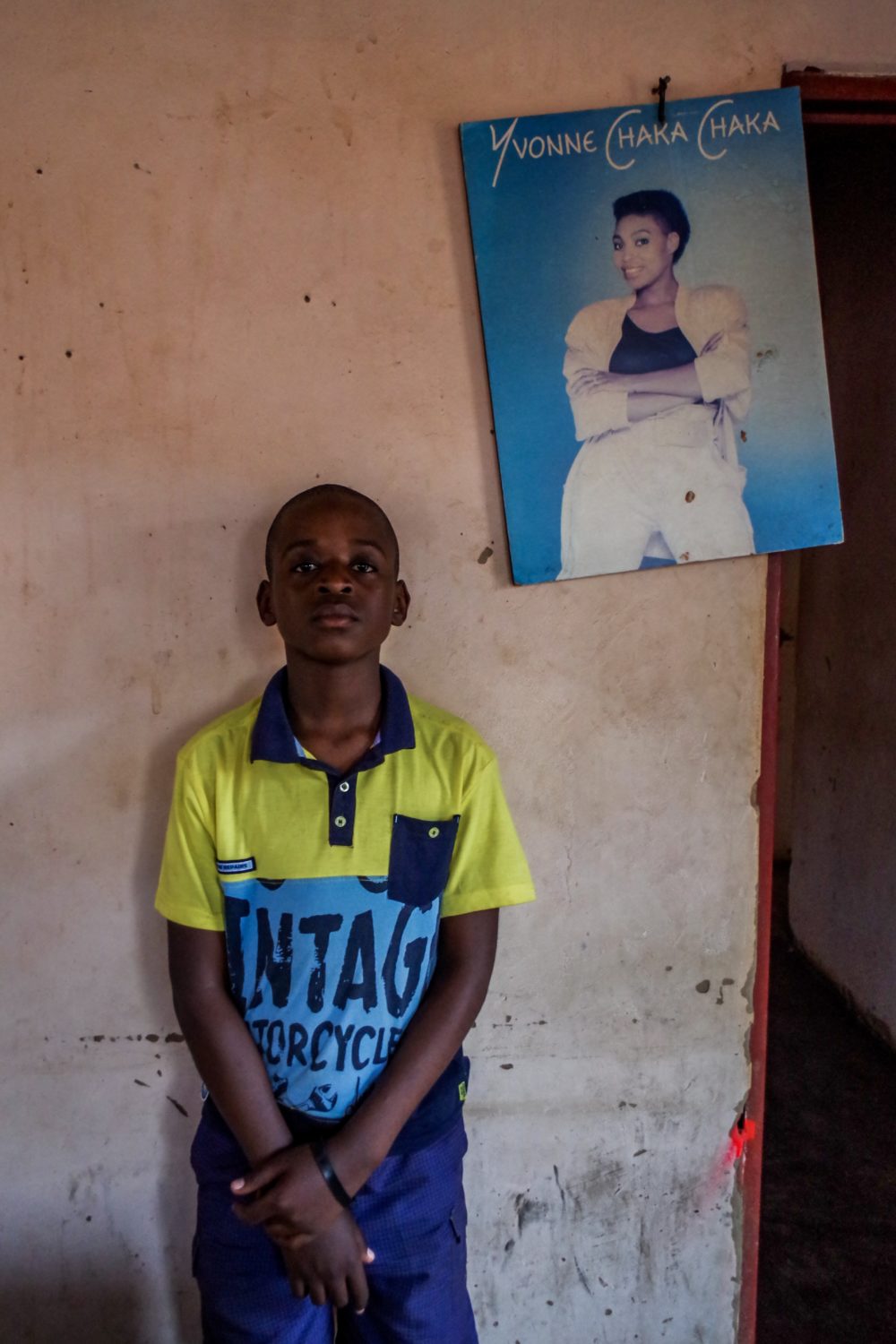Tshepiso Mabula’s Echoes of Nostalgia
Filed to: feature
Tshepiso Mabula’s work deals with memory, loss, nostalgia, and the fleeting and at times unknowable sense of what it means to truly ‘belong’. She shared her work with me during this year’s New York Portfolio review, and has continued to build upon these ideas in her series Echoes of Nostalgia. By confronting the notion of “home” in relationship to her own memory of growing up in a small village in South Africa, she asks how where we are from can serve as a place of comfort and healing even when it carries deep historic and personal wounds.
Both deeply personal and undeniably universal, her graceful, carefully composed images feel both familiar and uneasy – like a dream that wakes you up breathless in the night, but that you can’t quite remember. It’s an honest investigation of a class of young person in South Africa known as the “amagoduka” – people who leave home for the city in search of opportunities, and have to navigate an entirely new kind of life, and with it a new identity.
I spoke to Mabula recently about some of the themes in her work, how she wrestles with her personal history and the history of her hometown, and the long term social, emotional, and personal impact of apartheid.
……..
You address memory and nostalgia in your work, not only emotionally and psychologically, but as a physical place. When did it occur you to try and capture the nostalgia you saw and felt photographically, and how has your process of capturing that feeling evolved?
My work does focus a lot on nostalgia, which began to influence my work after I realized how nostalgia and memory has had a profound effect on my life. I have spent a lot of my adult life unlearning a lot of the toxic things that society has taught me about myself, and this process of unlearning is reflected in my photography. I started using photography as a medium for open and honest conversation but also as a tool for healing, so the next obvious step for me was to reflect on the feelings that have made me the woman I am, and nostalgia is part of that. My process has evolved in such a way that I have learned to turn the camera on myself a little bit more, both figuratively and literally. I’m learning to add my voice to the stories I tell without fear of judgement.
One of the things that I think is so interesting about your work – and this project in particular – is its ability to inform people about the long term effects of apartheid. Do you see your work as educational? Are there things you want people to learn from your images?
My work is somewhat educational, yes. I believe very much in the idea of photography being a universal language. It has helped shape my politics and the way I look at the world around me, so I use it to try and find answers to questions that are considered to be contentious in my family or my community. I feel like photography is an easier gateway to start those difficult conversation. More than anything I would like for my work to help people heal, because the scars of apartheid are still very deep, even after 25 years.
Does home always feel like a place of healing for you? Or are there times when that sense of healing is overshadowed by history? How do you cope with that conflict, and does photography help you to explore that conflict more deeply?
It’s a little bit of both, like beautiful contradiction because home is so familiar and it has always been a reminder of an easier time. When I was young and I didn’t have to worry about how unsafe my black, female body is in the world. At the same time because it has remained the same – it’s a reminder of how little has changed since the rise of this so-called democracy. So being home is a constant battle between trying to navigate this rigid, old school environment that often rejects my black, queer, female body and reminding myself of an easier time where none of those labels mattered to me. It’s a bit hard to explain, but I’m trying to use this body of work to express it.
You were very young when you left GaShongoane. How does that affect your sense of memory and nostalgia for your hometown? What strikes me in much of your work is the “lived in” feel of so many of the places you photograph, and the deep histories of those spaces and the people who occupy them. How much of these images are your own memory, and how much is built upon the memories of others?
Most of the images are reflections of my own memory. Even though I left gaShongoane a long time ago, I kept going back both as a kid and an adult. At a point going back home was my saving grace, and was the case for most of my peers, too. It’s as if every time our ‘city visa’ would expire the next best thing was to go home, and when you get there you keep finding small little things that’ll recreate home as it was before so that we will find relief from the stresses of everyday life. Every image is a mixture of my memory and other people’s, because our experiences of home are so similar.
You talk about your own identity struggles in relationship to this project. Did making these images help you make connections to your own history, or help you reveal some aspects of your identity that you had struggled to address before? Or did you go into this project with specific questions and ideas you wanted to investigate?
I started the work after a very deep and dark struggle with mental illness. My therapist said “do something you love that’ll help you find yourself,” so the project was actually a way for me to come home to myself. It helped me recognize where I lost myself and where my identity struggles began. I was forced to come face to face with the raw realities that make home home, and I was almost forced to confront them in ways that I’ve never had to before. The motivation was also the fact that I couldn’t fit in anywhere. For one I am a tshwana slash Xhosa girl who grew up in the bantustans and went to school in upmarket Johannesburg, so when I was home I was not ‘down with the people’ because I spoke so-called good English and at school I was too ghetto because I didn’t have a beautiful holiday home to go to when schools close. Both these spaces where reminders of how apartheid turned blackness into this ambiguous curse that I spent everyday trying to navigate so in essence the project started with one idea that branched out as I continued to work.
……..
See more of Mabula’s work here


